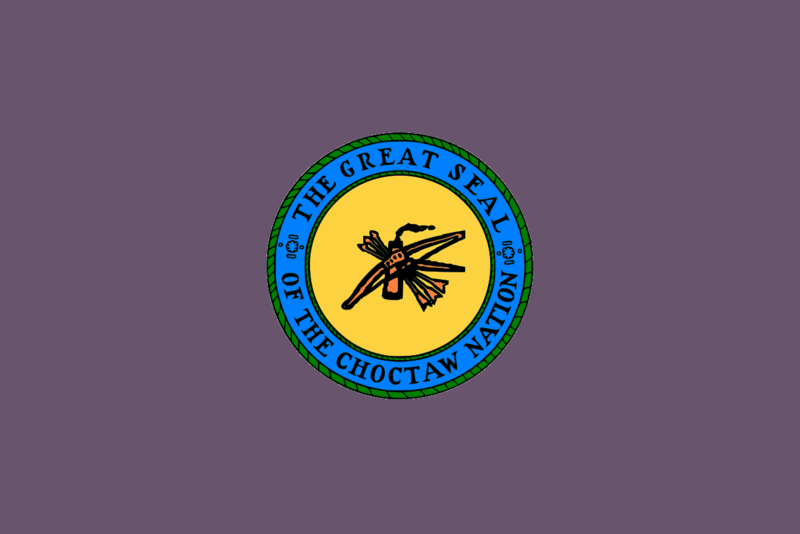The federal government has a decidedly 21st-century gift for Choctaw Nation.
The Obama administration announced last week that the Native American tribe, which calls the southeast corner of Oklahoma home, will be among the local governments to receive cheap Internet as part of a new federal program dubbed ConnectHome, which is meant to bring high-speed Internet to low-income families who likely can’t afford it. The Associated Press reports that the program follows in the footsteps of ConnectEd, a similar federal program meant to provide Internet to every library and K-12 classroom across the country by 2017.
In remarks delivered in Durant, Oklahoma, President Obama argued that free Internet could serve as a great equalizer, bridging the “digital divide” in access between wealthy and low-income families, empowering the latter with the tools to pursue the educational and economic opportunities the Internet offers. “In this digital age, when you can apply for a job, take a course, pay your bills … with a tap of your phone, the Internet is not a luxury. It’s a necessity,” Obama said. “You cannot connect with today’s economy without having access to the Internet.”
Increased access to the benefits of the World Wide Web might help better prepare young Native Americans for the world that awaits them.
ConnectHome will undoubtedly be a major boon to low-income families in the 27 cities across the country selected for the program by the Department of Housing and Urban Development. According to census information analyzed by the Bureau of Indian Affairs, some 23 percent of Native Americans live in poverty; for comparison, the national poverty rate dropped to 14.5 percent in 2013. The poverty rate swings wildly among Native American communities, depending on where you are in the patchwork of jurisdictions that comprise tribal lands: In Iowa, the poverty rate sits below 12 percent, while in South Dakota it’s somewhere between 43 and 47 percent. In addition, many reservations are marred by alcoholism (51 percent, per the Centers for Disease Control and Prevention) and high suicide rates (among the top 10 leading causes of death), both of which contribute to a cycle of poverty and destitution.
Can the Internet help these communities lift themselves out of poverty? Perhaps. In 2014, Silicon Valley venture capitalist Bill Davidow argued in the Atlantic that the ubiquitous tools of the Internet—email, the browser, even social media—don’t just create education and economic opportunities by making communication simple and compressing the entire planet into a screen. Rather, they are essential training for anyone simply trying to function in the world beyond their home, wherever that may be. But that doesn’t mean the Internet levels the playing field: “Internet-based companies may well be the businesses of the future, but they create opportunities for only a select few,” Davidow wrote. “If policy makers want to attack income inequality, they must pay more attention to the ways in which the Internet is affecting their businesses.”

From the looks of it, the Obama administration is paying attention. During his first visit to Native American land as president in 2014—a trip to the Standing Rock Sioux Tribe in North Dakota, where the tribal poverty rate is 43.2 percent—Obama wrote in an op-ed for Indian Country Today that poverty and high school dropout rates among Native Americans are “a moral call to action.” Since then, the federal government has been slowly but surely rolling out new initiatives to combat poverty, like the “Promise Zones”—legal areas “eligible for tax incentives and grants to help fight poverty,” according to the Associated Press—of which Chocktaw Nation is the first. And this year, the White House asked for an increase of $33.6 million in the 2014 Indian affairs budget (for a total of some $2.6 billion) to help fight poverty and improve education on reservations, after Obama reportedly teared up in the Oval Office when meeting with Native-American children.
The Internet can’t fix the issues that plague tribal territories across the United States; the scars of centuries of cruelty at the hand of the federal government run too deep to be patched and healed by the vast storehouse of knowledge on the Internet. But coupled with tax incentives and infrastructure improvements, increased access to the benefits of the World Wide Web might help better prepare young Native Americans for the world that awaits them.




